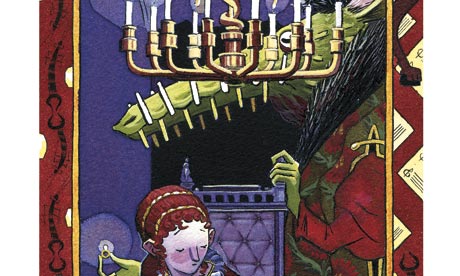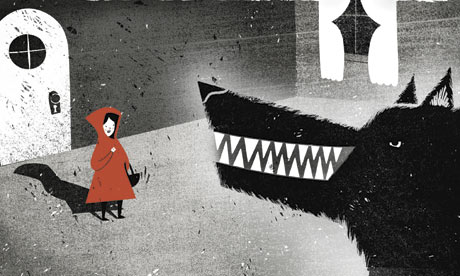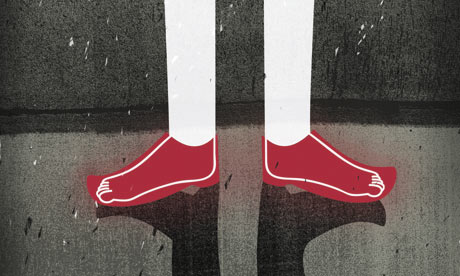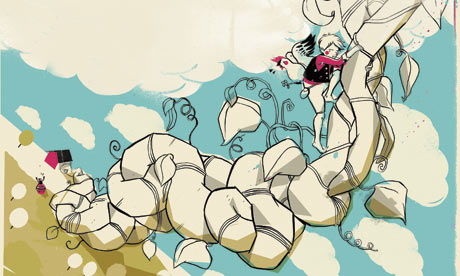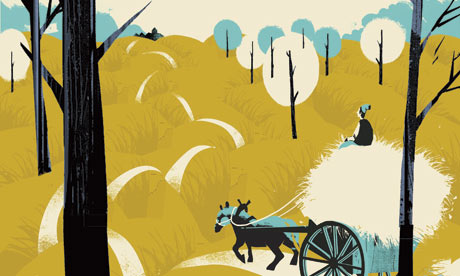
As with most holidays, Halloween has arguably lost much of its original meaning and purpose with its primary emphasis one of playing dress-up and eating lots of candy. Of course, the day was never as important as All Soul's Day or Day of the Dead which occurs tomorrow.
Since SurLaLune is devoted to folklore beyond fairy tales, too, I wanted to share the following:
The Fantasy and Folklore of All Hallows by Jack Santino
Halloween had its beginnings in an ancient, pre-Christian Celtic festival of the dead. The Celtic peoples, who were once found all over Europe, divided the year by four major holidays. According to their calendar, the year began on a day corresponding to November 1st on our present calendar. The date marked the beginning of winter. Since they were pastoral people, it was a time when cattle and sheep had to be moved to closer pastures and all livestock had to be secured for the winter months. Crops were harvested and stored. The date marked both an ending and a beginning in an eternal cycle.
The festival observed at this time was called Samhain (pronounced Sah-ween). It was the biggest and most significant holiday of the Celtic year. The Celts believed that at the time of Samhain, more so than any other time of the year, the ghosts of the dead were able to mingle with the living, because at Samhain the souls of those who had died during the year traveled into the otherworld. People gathered to sacrifice animals, fruits, and vegetables. They also lit bonfires in honor of the dead, to aid them on their journey, and to keep them away from the living. On that day all manner of beings were abroad: ghosts, fairies, and demons--all part of the dark and dread.
There's plenty more in this wonderful but not-too-long article, so click through to finish it.
Here's another older article about the holiday, some of it specific to the newspaper it was originally intended for, but still rich with information about the holiday in general: Day of Dead mix of folklore, church teachings by Beth Pratt.
And here's more:
Spooky Halloween: A Celebration of the Dark--Halloween History, Traditions, Customs and Folklore from Quest Magazine
About.com's Halloween Page (lots of great links)
Halloween History, Folklore, Phobias and Symbols by Brownielocks
Halloween Web's Urban Legends, Folklore and Myths
Scary Halloween Stories from American Folklore.net
How fitting that in most of the United States, Daylight Savings also ends tonight. Tomorrow the day will feel shorter with darkness coming an hour earlier by the clocks, especially after the celebrations planned by many tonight.
I wish you all a safe and fun Halloween as well as sweet remembrances of those who have passed before you...































